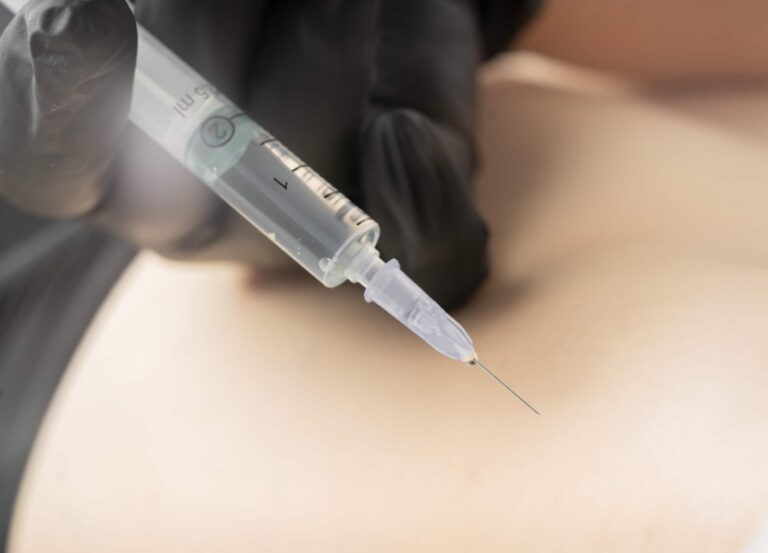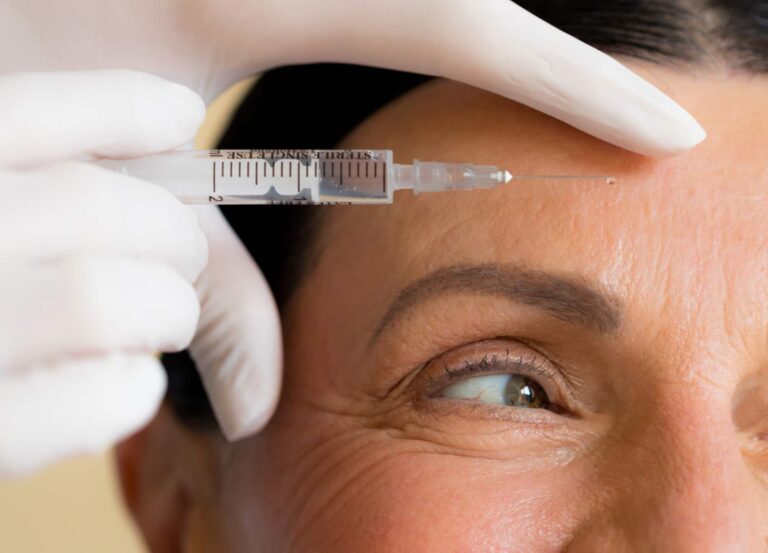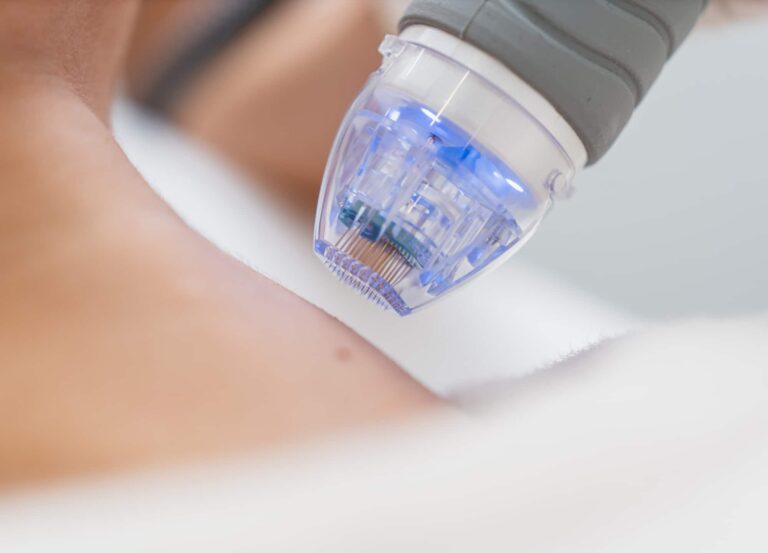Finding a qualified doctor with a proven safety record for your cosmetic procedure is difficult enough in the United States, where loose regulations and legal loopholes make it confusing for consumers to get a clear picture of their surgeon’s qualifications. And if medical aesthetic options are complicated to navigate here, the nation with, arguably, the most time-consuming path to becoming a plastic surgeon, imagine the challenges faced by the estimated 1.9 million Americans who will have traveled outside the U.S. for medical care by the end of 2019.
From language barriers to even looser government regulation, there’s a multitude of factors at play that can, and often do, put medical tourists in danger; and while there is no way to eliminate the risk plastic surgery carries, there are steps you can take as a consumer to mitigate it.
Below are seven actions you should always take if you’re considering plastic surgery abroad. It’s not an exhaustive list, since it’s impossible to generalize across countries, but it will help you make a safer choice when choosing an international doctor.
1) Check the travel advisory for your surgery destination
If you’re planning to leave the United States for surgery, your first order of business should be to check the travel advisory for the specific country you’re going to. There are four travel advisory levels; if your intended destination is at level 3 (reconsider travel) or level 4 (do not travel), it’s wise to hold off on surgery or research a new destination. However, the levels can change frequently, so it’s important to check in the weeks leading up to your departure.
The U.S. Department of State also provides up-to-date safety information for every country of the world, including what to do if there’s a national crisis while you’re abroad, if you experience a personal health emergency, if you need to get in touch with the nearest U.S. embassy, and more.
2) Do a deep dive on your surgeon’s résumé
Board certification is a rigorous, voluntary process that demonstrates a doctor has completed intensive education and training within a medical specialty or subspecialty beyond standard medical licensing. RealSelf’s credentialing guidelines for providers recommend that consumers seek plastic surgeons certified by the American Board of Plastic Surgery, American Osteopathic Board of Surgery – Plastic & Reconstructive Surgery, Royal College of Physicians & Surgeons of Canada, General Medical Council (Specialist Register – Plastic Surgeon) or Australian Health Practitioner Regulation Agency (Specialist Register – Plastic Surgeon). Certification recommendations for other specialties can be found here.
However, there is no single checklist for choosing a safe, experienced surgeon, because there is no universal standardized set of curricula required to become one and not all countries have their own established plastic surgery medical boards. A 2016 study by the International Open Access Journal of the American Society of Plastic Surgeons found that even between the United States and select European countries, “plastic surgery education is vastly different” and “[European] training programs remain heterogeneous.” In countries without their own aesthetic surgery certification boards—such as Mexico, Dominican Republic and Brazil, to name only a few—it can be nearly impossible to gauge the experience level of your provider.
Josef Woodman, CEO of the medical travel resource Patients Beyond Borders, acknowledges that though there are highly distinguished medical schools in popular medical tourism locales such as Thailand, India, Korea and Mexico, properly vetting doctors without certification in those regions is just too complicated for the average consumer. But outside of board certification, there are other safety checks patients can do prior to booking an appointment.
Related: 5 Common Reasons Plastic Surgeons Will Refuse to Operate On You
Another factor to look into is whether your provider is an active member of a medical association or society. Although different from board certification, according to Woodman, “any worthwhile physician or surgeon is a member of at least one medical association. Particularly in regions where formal accreditation is weak, your practitioner should be keeping good company with others in the field. For example, if you’re seeking cosmetic surgery in Mexico, your surgeon should be a member of the Mexican Association of Plastic, Aesthetic, and Reconstructive Surgery or a regional or international organization of equal caliber.” Trustworthy national plastic surgery societies function as exclusive clubs that provide their members with continuing education, advocate for patient safety and perform cutting-edge research. If your plastic surgeon isn’t a member of their country’s national plastic surgery organization, that’s a major red flag.
One step in your research should be to see if the doctor you’re interested in is part of the International Society of Aesthetic Plastic Surgery. To become an ISAPS member, a surgeon must have board certification or equivalent training, be in good standing of the national plastic surgery organization of the country in which they currently reside, have a proven safety record and have been actively practicing for at least three years.
Resources to check if your doctor is board-certified or equivalent:
Certification Matters (in association with the American Board of Medical Specialties)
Royal College of Physicians and Surgeons of Canada
European Board of Plastic, Reconstructive and Aesthetic Surgery
3) Check the surgical facility’s credentials
The setting in which your surgery is performed is just as important as the surgeon’s skill set. Should unexpected complications arise, even the best doctor is useless without the proper tools and assistance.
Whether you’ll be in a hospital or outpatient clinic, ask your doctor which organization accredited the facility and when the last inspection was (then independently verify that information). Look for certification from Joint Commission International (JCI), the American Association for Accreditation for Ambulatory Surgery Facilities International (AAAASFI), DNV International Accreditation for Hospitals, the International Society for Quality in Healthcare or Acreditas Global (the international branch of the Accreditation Association for Ambulatory Health Care).
Additional questions to ask:
- If you will be in a private operating facility, find out the worst-case-scenario plan. Which hospital will you be taken to, and how many miles away is it?
- What are the credentials of the anesthesiologist, and will they be present from start to finish?
- Does the surgeon have hospital privileges? If the answer is no, why not?
- Does the hospital your surgeon operates in have any affiliation with a U.S. university or medical center?
4) Get medical clearance in the U.S.
No reputable plastic surgeon will operate on a patient who hasn’t been given medical clearance (if your provider doesn’t ask for it, do not move forward with the procedure). Schedule an appointment with your general physician in the U.S. a month or so before your surgery, to inform them of your upcoming plans and get the physical exam and necessary blood work. It’s wise to schedule a follow-up appointment for when you return home as well.
According to Patients Beyond Borders, you are legally entitled to copies of all the medical information that any U.S. doctor, specialist, hospital or laboratory has compiled about you, including test results, X-rays, immunization history and more. Gather all the necessary paperwork and bring copies with you abroad.
5) Avoid language barriers
Only work with parties who speak your native language, advises Patients Beyond Borders—your health is too important to risk issues that may arise from simple miscommunication. If you are set on a doctor who speaks another language, hire a translator or an agent with a background in medicine to attend all appointments with you. They should be familiar with medical terms and able to get thorough answers to your questions.
Before moving forward with surgery or any payment, it’s important that you get all the details in writing. What’s the treatment protocol? Which implant brand will be used, and how many ccs are you getting? What is the entire cost breakdown? Who will be on call in the middle of the night, should you need help, and how will you reach them (Whatsapp, email, etc.)?
You will also want to request copies of your surgical records to bring back to your general physician.
Related: How 3 Women Asked for Time Off Work to Have Plastic Surgery
6) Know your meds
During the phone or video consultation, find out from your international surgeon which medications you’ll need to take before and after your procedure and if there is any way to get them beforehand in your home country. (If you do go that route, make sure you’re following CDC guidelines for traveling with prescription medications. Many countries have strict laws around carrying personal narcotics.) Otherwise, you will need to make a plan for buying medications at a local pharmacy.
Arrive at your destination prepared with a list of all your current prescriptions—including dosages, generic names and common drug interactions.
7) Build in plenty of recovery time
Flying back home after a procedure isn’t just uncomfortable—it has the potential to be fatal, since traveling post-surgery increases your risk of developing pulmonary embolism, blood clots and infection. The American Society of Plastic Surgeons recommends that patients wait five to seven days after body procedures (liposuction, breast augmentation, Brazilian butt lift, etc.) and 7 to 10 days after facial procedures (facelift, rhinoplasty, eye lift, etc.) before boarding a flight.
Additional safety resources for medical tourists:
Centers for Disease Control & Prevention: Medical Tourism – Getting Medical Care in Another Country
Aerospace Medical Association: Medical Guidelines for Airline Passengers











